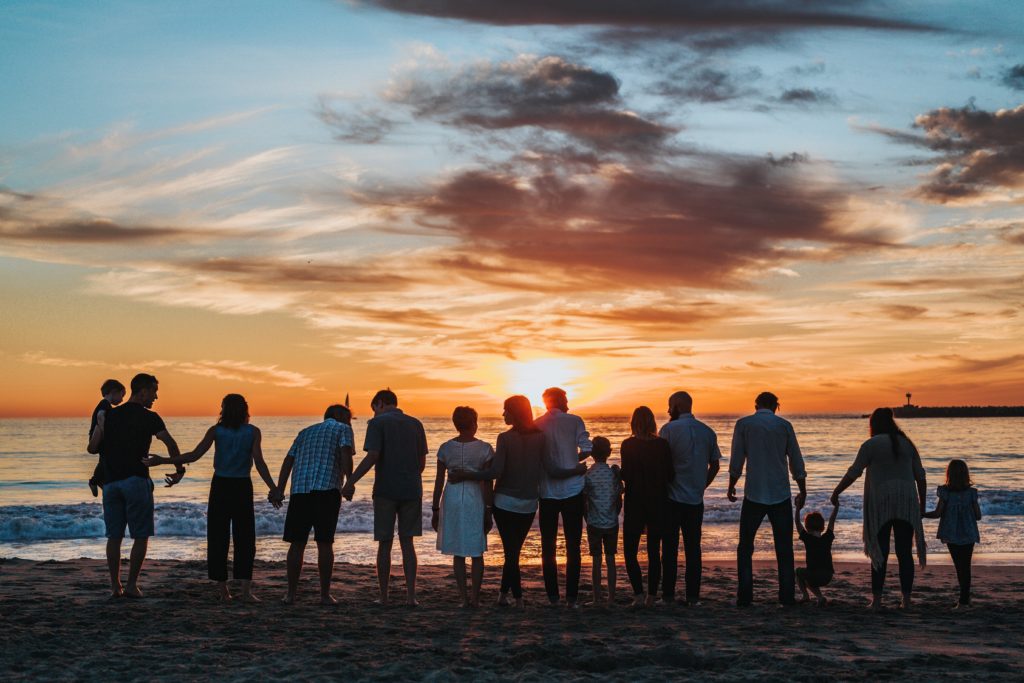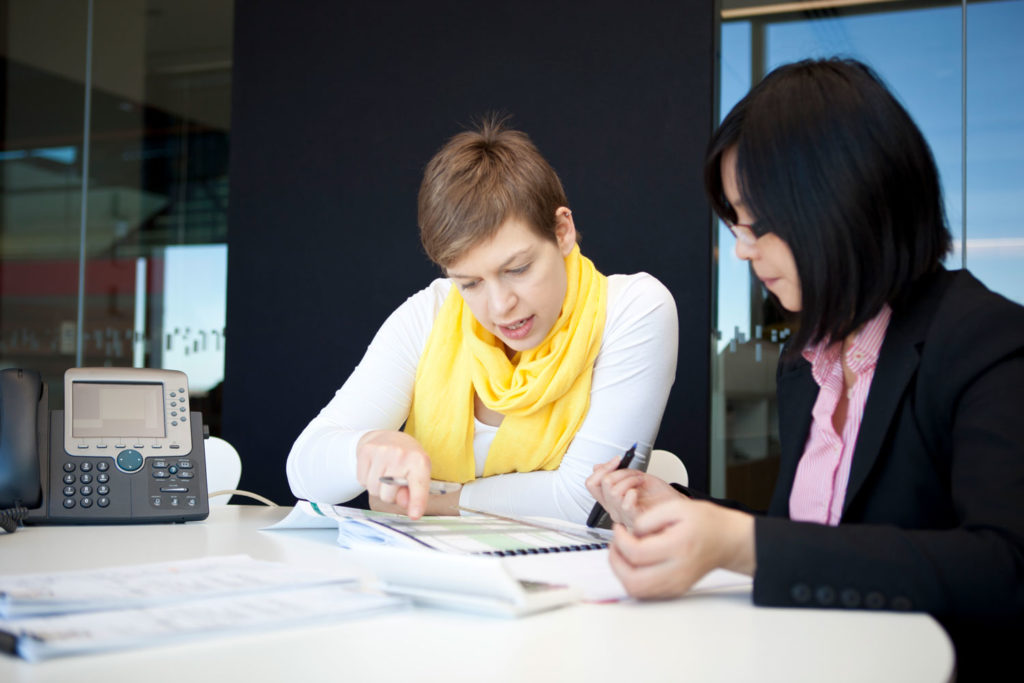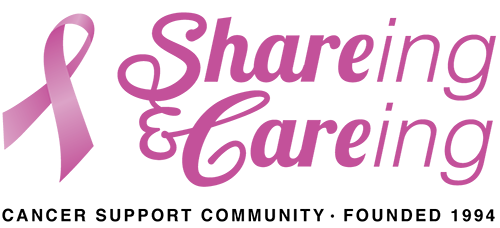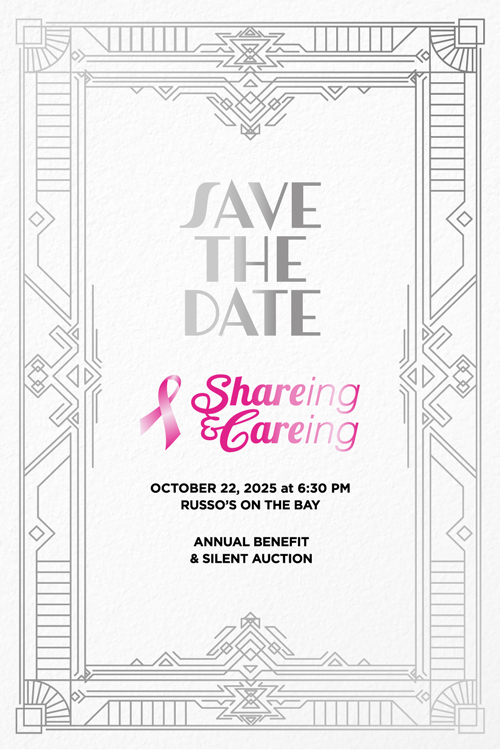While we don’t know all the risk factors for breast cancer, we do know that having breast cancer in the family is one of the most significant risk factors, in addition to it being the most well-known. It’s common for people to hear about a diagnosis in their family and fear that they’ll get breast cancer, too. Here’s how family history affects (or doesn’t!) your personal risk levels and what you should do about it.

Can You Get Breast Cancer With No Family History?
First things first: can you be diagnosed with breast cancer even though you have no one in your family with it? Yes. Female breast cancer is the most common cancer in the world. According to Global Cancer Statistics 2020, from the American Cancer Society (ACS) and the International Agency for Research on Cancer (IARC), globally 1 in 5 women and men will be diagnosed with breast cancer at some point during their life. Your personal risk levels include a number of factors and family history is only one of those.
Breast cancer has a variety of cancer risk factors including certain inherited genetic mutations, aging, dense breasts, hormone levels, personal history of cancer, high-dose radiation to chest, alcohol consumption, family with breast cancer, Ashkenazi Jewish heritage, early period, exposure to Diethylstilbestrol, tall height, late or no full-term pregnancies, late menopause, high socioeconomic status, no breastfeeding, post-menopausal obesity, hormone therapy usage, personal history of endometrial cancer or ovarian cancer, and oral birth control use.
New York State Breast Density Law Creates Cancer Screening Awareness
How Much Higher Is Your Risk?
How your family history impacts your breast cancer risk level depends on how close your diagnosed relatives are to you. First degree relatives are parents, siblings, and children. Second-degree relatives include aunts, uncles, grandparents, grandchildren and nieces and nephews.
Get our “Thriver Thursdays” Email
Get all the latest cancer prevention and treatment news plus upcoming survivor programs, straight to your inbox every Thursday. Your privacy is important to us.
Your risk is the SAME as the general population…
- If your relatives were not diagnosed with breast or ovarian cancer
- If you have only one second-degree female relative (diagnosed in one breast only, after the age of 50)
You have a MODERATELY higher risk than the general population…
- If you have 1-2 first-degree relatives, or 2 second-degree relatives (diagnosed in one breast only, after the age of 50)
- If you have 1-2 first- or second-degree relatives with high-grade prostate cancer
Your risk is SIGNIFICANTLY higher than the general population…
- If 1 or more first- or second-degree relatives are diagnosed with…
- breast cancer before the age of 45
- triple-negative breast cancer before the age of 60
- primary cancer in both breasts
- both ovarian and breast cancer in the same person
- male breast cancer
- ovarian cancer
- If 2 or more first- or second-degree relatives from the same side of the family are diagnosed with breast cancer, with at least one of them early (before the age of 50)
- If 3 or more first- or second-degree relatives from the same side of the family are diagnosed with breast cancer or high-grade prostate cancer
The race, ethnicity and heritage of your family also play into your breast cancer risk level. Women of Ashkenazi Jewish descent have a higher likelihood of having the BRCA1 or BRCA2 gene mutation, which significantly increase their risk for developing breast cancer, beyond the risk above. Women from Hispanic families are more likely to die from breast cancer than any other cancer. Women from white families are more likely to be diagnosed with breast cancer and Black women are more likely to die from breast cancer if diagnosed.
What Should You Do If You’re At Higher Risk?
If you believe you’re at higher risk, remember, knowledge is power! Talk to your doctor about risk assessment tools or use an online breast cancer risk calculator and find out exactly where you and your family fall. For those at high risk, consider a genetic test, which may give you additional information, ease your worries and help you create a prevention game plan. Remember to share your tests and health history with your family. You might get additional information about far-flung relatives and help loved ones make important health decisions.
While your family history cannot be changed, there are many things you can do to make a difference. Quitting smoking, cutting out alcohol, maintaining a healthy weight, eating a healthy diet, and exercising are all habits that reduce your risk of breast cancer and improve your general health to boot. Those at high risk may also want to consider breastfeeding, avoiding hormone replacement therapy (HRT) and oral contraceptives.
If you’re at higher risk, early detection is even more important. Stay up-to-date on cancer screening guidelines, get an annual mammogram (as early as 35 for those at high risk). For dense breasts, consider a regular ultrasound, ‘fast MRI’ or a combination mammogram-MRI screening schedule in addition to a regular mammogram. For those with an extremely high risk, talk to your doctor about breast cancer prevention medication like raloxifene, tamoxifen or a risk-reducing mastectomy.
Need support or have questions? Whether you are someone at high risk, a current patient, survivor or family member, SHAREing & CAREing is here for you. We are a non-profit organization founded and run by cancer survivors and thrivers. Contact us for individual support, attend a monthly support group meeting or join our online Facebook group. We offer free patient navigation services, links to free and reduced cost medical care, transportation assistance, and educational prevention workshops offered to schools and the community.
Sources
- “Breast Cancer Facts & Figures 2017-2018,” American Cancer Society
- “Breast and Ovarian Cancer and Family History Risk Categories,” Centers for Disease Control & Prevention (CDC)
- “Does hormone replacement therapy (HRT) increase cancer risk?,” Cancer Research UK


